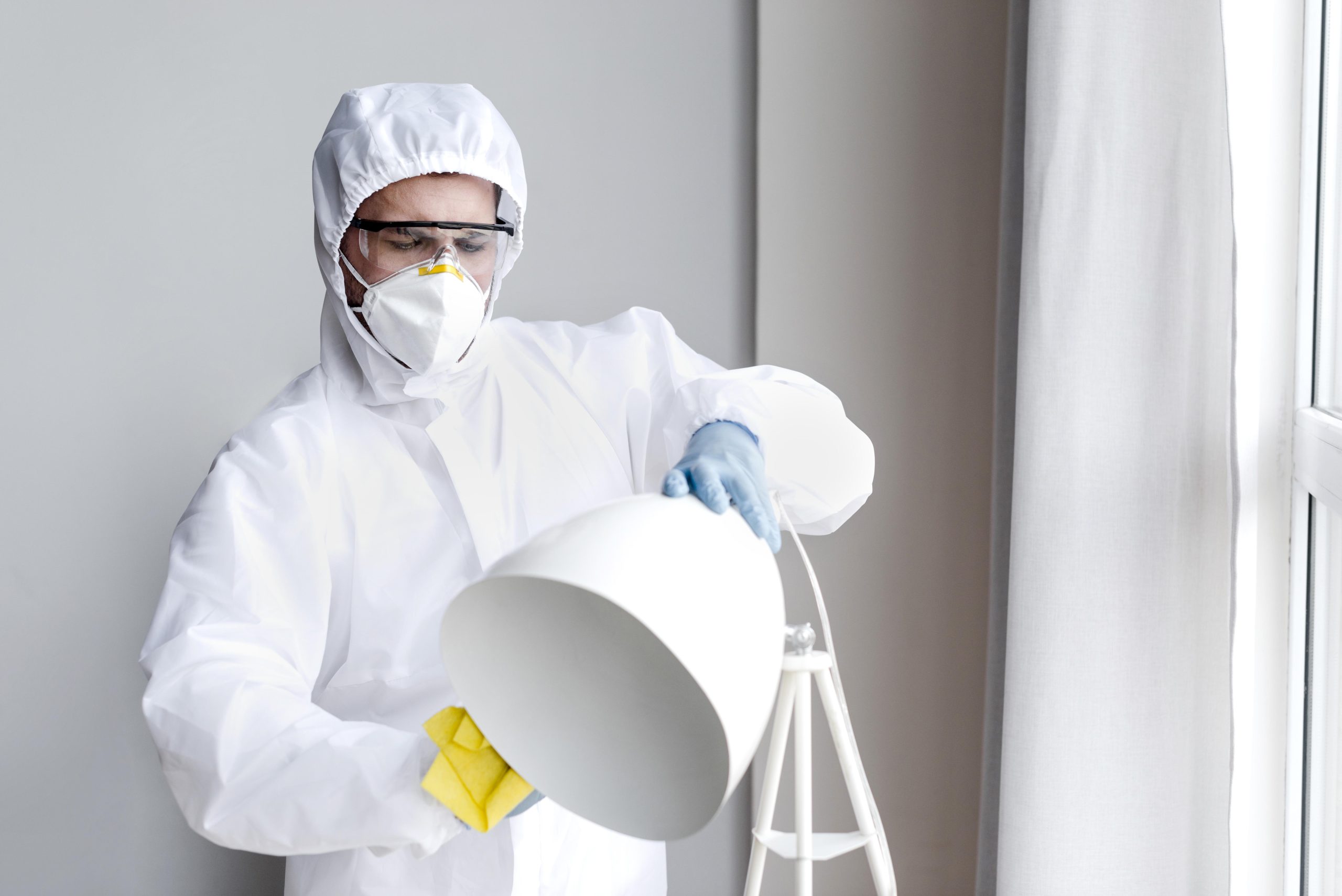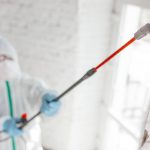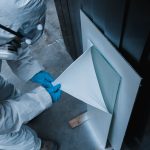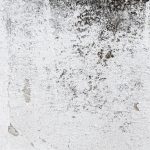
Mold Inspection and Mold Testing are often used interchangeably, but they serve distinct purposes.
- Mold Inspection involves a visual assessment of the property to identify areas where mold may be present or conditions that encourage mold growth. Inspectors may use tools like infrared thermal cameras to detect hidden moisture.
- Mold Testing, on the other hand, involves taking air or surface samples to identify the specific type of mold and measure the concentration of mold spores in the environment.
Both are important in determining the extent of the issue and guiding remediation efforts.
When Should You Choose Mold Inspection or Testing?
- Mold Inspection is ideal if:
- You’ve noticed visible mold growth or musty odors.
- You’ve experienced recent water damage, like leaks or flooding, especially in humid areas like Naples, Fort Myers, and Cape Coral.
- You want to prevent future mold issues by assessing moisture-prone areas, such as bathrooms, basements, or kitchens.
- Mold Testing is useful if:
- You’re experiencing unexplained allergy-like symptoms and suspect mold but can’t see it.
- You need to determine the type of mold present to decide on remediation strategies, especially if toxic mold, like black mold, is suspected.
- You want to ensure the mold levels in your home are normal after a remediation process.
How the Processes Work
- Mold Inspection: During an inspection, a licensed professional conducts a visual inspection and may use moisture meters and infrared cameras to detect moisture inside walls or under floors. This process identifies areas where mold is likely to grow but doesn’t confirm the type of mold.
- Mold Testing: This process involves collecting air or surface samples from areas where mold growth is suspected. These samples are then analyzed in a lab to identify the specific mold species and the concentration of mold spores present in the environment. This information helps determine whether the mold levels are safe or need remediation.
Why Mold Inspection Should Come First
A mold inspection is typically the first step in addressing mold problems. The visual inspection helps locate areas of concern, particularly hidden mold in places like attics, crawl spaces, or behind walls. Without an inspection, mold testing may miss hidden mold or focus on the wrong areas.
In areas like Bonita Springs and Estero, which are prone to humidity and storm damage, scheduling a mold inspection after any significant water damage is crucial. This helps you identify potential mold growth early and avoid costly repairs.
Benefits of Combining Both Services
For the best results, it’s recommended to combine mold inspection and mold testing. Here’s why:
- Comprehensive Understanding: Inspection helps locate the mold, while testing provides insights into the type and concentration of mold spores.
- Tailored Remediation Plan: Knowing the type of mold can help professionals determine the best method for removal, particularly if toxic molds are found.
- Peace of Mind: After remediation, testing can confirm that mold levels have returned to safe levels, giving you confidence that your home is mold-free.
Understanding the difference between mold inspection and mold testing can help homeowners in areas like Naples, Fort Myers, and Cape Coral take the right steps to protect their homes and health from mold damage.
At QCI Online, we offer comprehensive mold inspection and testing services throughout Southwest Florida, including Bonita Springs and Estero. If you suspect mold in your home, contact us for a thorough evaluation and customized remediation plan.
Visit QCI Online or call us to schedule an appointment today!






